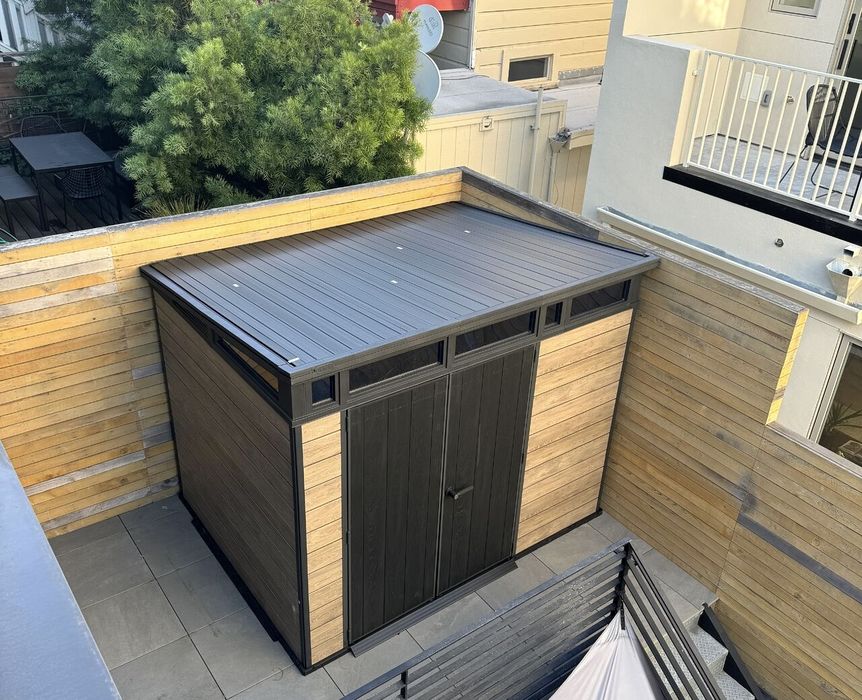
A mystery 3D printed product might soon be revealed by Backflip, AI.
Backflip, AI is a startup company founded by two notable 3D print entrepreneurs, Greg Mark and David Benhaim.
Greg Mark previously founded Markforged, hence the company’s name. Markforged pioneered the use of continuous carbon fiber in 3D printing, changing the way engineers look at 3D printed part strength. Benhaim just happens to be Markforged’s former Chief Technology Officer.
The two departed from Markforged about two years ago, and have been quietly working on “something”. Until this week we had zero idea of what it could be.
Then Mark posted an intriguing image and comments on LinkedIn. He wrote:
“Something new is brewing at Backflip, AI. These two just got a room . . .
It’s almost time for David Benhaim and I two show you all what we’ve been building. I have to say, it’s our best work.”
The image, shown at top, was accompanied by two other images: one was a Markforged X3 polymer 3D printer, and the other was a Formlabs Form 3 resin 3D printer. Coincidentally, Formlabs founder Max Lobovsky added a comment to Mark’s post, wondering what they were up to.
What can we make of all this? There isn’t even a website for Backflip, AI as far as I can tell. Let’s examine the scant evidence presented so far.
The image doesn’t seem to show anything 3D printed, and the central subject seems to be some kind of backyard shed. The shed has either windows or vents along the front top side. It would seem that the function is hidden inside.
The posting of the two 3D printers strongly suggests that whatever is inside the shed will be 3D printed. The X3 can produce strong parts for use in mechanical scenarios, while the Form 3 can produce precise small parts.
The only other information we have is the name of the company, “Backflip, AI”. “Back” matches the apparent backyard location of the shed. “Flip” doesn’t seem to register with anything visible in the images.
The “AI” suggests whatever they are building will use AI technology to manage some complex decision-making.
If I had to make a guess with this incredibly small amount of data I’d say they could be working on an advanced, 3D printed backyard composting system that’s managed by an AI. The “Flip” could relate to the practice of turning compost piles over during the decomposition lifecycle.
Turning compost over is normally done manually by the homeowner to provide aeration of the material, which increases the speed of the decomposition. Homeowners would normally do this once in a while, perhaps on a rough schedule. However, it might be possible to optimize this practice by using sensors and AI to turn the material at a pace that maximizes decomposition.
The need for strong parts would match the requirements for lifting and turning relatively heavy compost matter.
I might also speculate that this unnamed device from Backflip, AI might offer high-speeds, where the device’s onboard intelligence can decompose waste far faster than manual composting devices.
If this is correct, then it should be a very interesting product that would fit into millions of households. We all produce waste, after all, and there’s an increasing desire to keep material out of landfills where they produce methane, a potent greenhouse gas.
On the other hand, they could be making something entirely different. Limited information implies bad odds of correct speculation, but hopefully we’ll learn more in the near future.
Via LinkedIn
